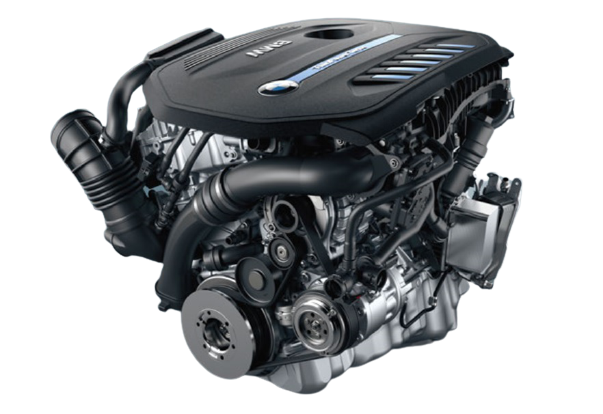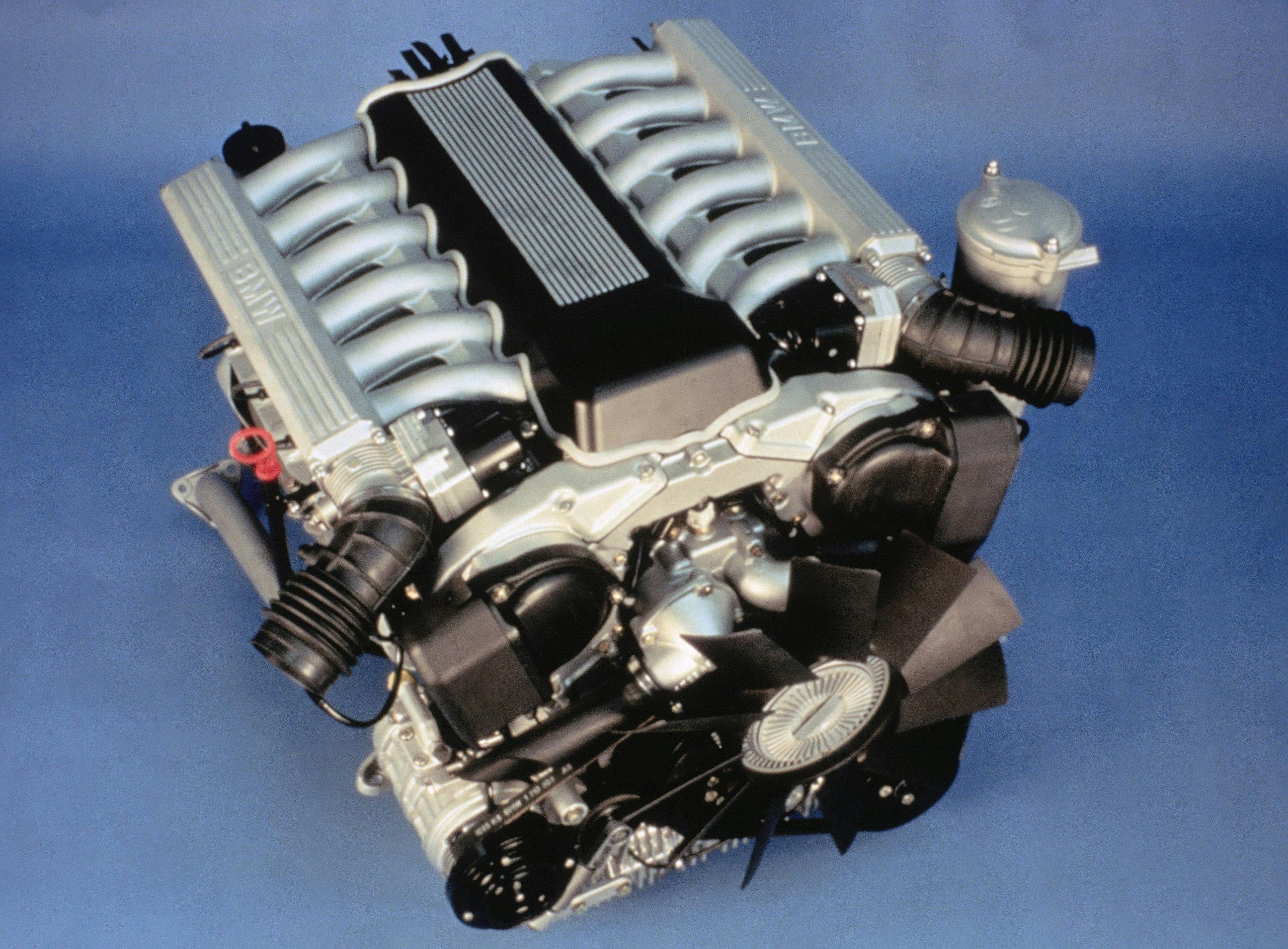A Comprehensive Guide to Recognizing BMW Engine Specifications
A Comprehensive Guide to Recognizing BMW Engine Specifications
Blog Article
Introducing the Intricacies of Next-Generation Power Units: a Deep Study Advanced Engine Technologies and layouts
As we stand on the precipice of a new era in transport, the intricacies of next-generation engine layouts beckon us to check out the cutting-edge modern technologies and developments that promise to redefine the driving experience. Delving much deeper right into the worlds of emission control, intelligent engine management systems, and the horizon of power unit advancement, we discover ourselves on the cusp of a transformation that promises to reshape the landscape of mobility as we know it.
Evolution of Engine Products

The shift towards progressed engine products has actually also made it possible for designers to develop engines with greater power results while preserving fuel effectiveness requirements. As an example, the use of light-weight materials lowers the general weight of the engine, leading to improved gas economic climate and lower exhausts. In addition, developments in products innovation have actually permitted for far better thermal monitoring within engines, leading to enhanced integrity and longevity.
Turbocharging and Supercharging Technologies
Exactly How do Turbocharging and Supercharging Technologies revolutionize engine efficiency and efficiency in contemporary automobiles? Turbocharging and turbo charging are modern technologies that significantly improve engine performance by raising the amount of air consumption right into the burning chamber. Turbocharging achieves this by making use of a wind turbine driven by exhaust gases to pressurize the consumption air, while supercharging utilizes a belt- or chain-driven compressor to achieve the exact same effect.
These innovations make it possible for smaller, extra fuel-efficient engines to generate power equivalent to larger ones, referred to as downsizing. By forcing more air into the cylinders, supercharging and turbocharging improve combustion effectiveness, leading to enhanced horse power and torque output without a significant rise in engine size. This brings about far better velocity, towing capacity, and total driving efficiency.
Additionally, turbocharging and turbo charging contribute to boosted fuel performance by enabling the use of smaller engines that eat less gas under normal driving conditions - bmw engine. This mix of improved performance and performance has actually made turbocharging and supercharging important components of many modern engine designs
Discharge Control and Environmental Effect
With increasing worldwide problems relating to air quality and environmental sustainability, the implementation of emission control technologies in vehicles plays an essential duty in minimizing hazardous contaminants released into the atmosphere. Modern cars are outfitted with innovative discharge control systems that help lessen the ecological effect of automobile operations. Catalytic converters, for circumstances, are developed to convert toxic gases such as carbon monoxide gas, nitrogen oxides, and hydrocarbons right into much less dangerous substances like co2 and water vapor.
In addition, improvements in engine technology, such as the integration of exhaust gas recirculation systems and discerning catalytic reduction, have substantially added to lowering exhausts. These innovations operate in tandem to maximize burning performance and decrease the launch of dangerous pollutants right more tips here into the air. Furthermore, the growth of crossbreed and electrical lorries represents an essential step towards minimizing the general ecological footprint of the transport market.
Intelligent Engine Management Equipment

In addition, these systems make it possible for automobiles to fulfill strict discharges requirements without endangering efficiency, offering a much more eco friendly driving experience. The assimilation of expert system and artificial intelligence abilities in engine management systems proceeds to press the boundaries of what is possible, causing more enhancements in effectiveness, integrity, and general lorry performance. bmw engine. As vehicle modern technology advances, intelligent engine administration systems will play a crucial function in shaping the future of transportation towards an extra efficient and sustainable direction
Future Trends in Power System Development
As smart engine administration systems pave the method for boosted control and optimization in modern-day lorries, future patterns in power unit growth are positioned to redefine Continued the landscape of vehicle propulsion innovations. These different power sources offer enhanced effectiveness and efficiency while lining up with rigid environmental laws.
One more substantial pattern is the combination of advanced materials and producing strategies. Light-weight products such as carbon fiber and light weight aluminum are being utilized to minimize general automobile weight, boosting gas effectiveness and efficiency. Furthermore, innovations in 3D printing and additive production are allowing the production of intricate engine parts with higher accuracy and toughness.
Furthermore, expert system and maker knowing are playing an important function in optimizing power system efficiency. These innovations enable real-time tracking and adaptive control, causing more effective and reputable power shipment. In general, future patterns in power unit development are tailored in the direction of effectiveness, sustainability, and efficiency, driving the automobile market towards a brand-new age of propulsion modern technologies.

Verdict
To conclude, the developments use this link in engine products, turbocharging, emission control, and intelligent monitoring systems have led the method for next-generation power units. These technologies have not just better efficiency and efficiency but additionally decreased environmental impact. As technology remains to develop, future fads in power system advancement are likely to focus on further improving sustainability and enhancing power outcome. The elaborate styles and technologies in modern engines showcase the ongoing evolution of automotive technology.
Exploring the progressive advancements in engine materials has actually been crucial in enhancing the performance and efficiency of modern engines. Over the years, the advancement of engine products has played a crucial function in pushing the limits of what engines can achieve.The shift in the direction of progressed engine products has actually also made it possible for engineers to make engines with greater power outputs while preserving gas performance criteria.The application of smart engine monitoring systems in contemporary cars has actually transformed the way engines are regulated and enhanced for efficiency and effectiveness. By collecting information in real-time and analyzing it with advanced algorithms, smart engine management systems can adjust to driving designs, environmental factors, and engine health to take full advantage of power result while minimizing fuel usage and discharges.
Report this page